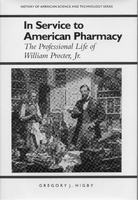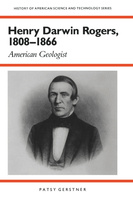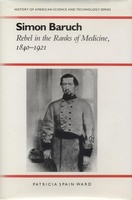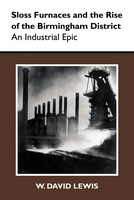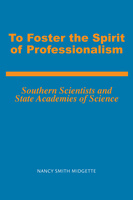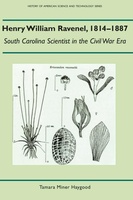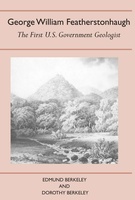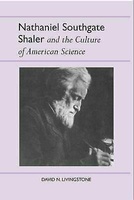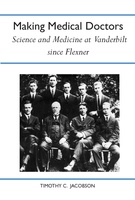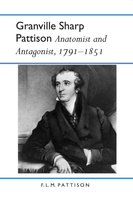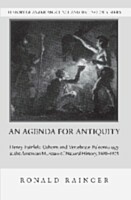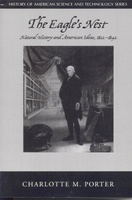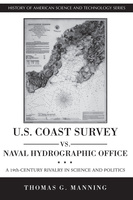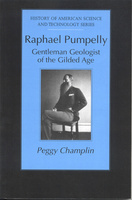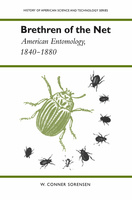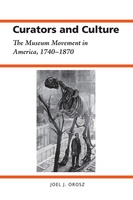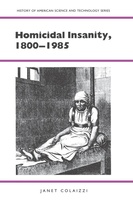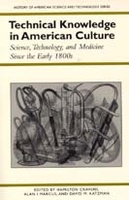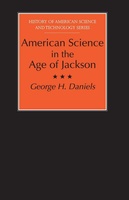In Service to American Pharmacy
The Professional Life of William Procter Jr.
Higby examines the professional life of William Procter, Jr., generally regarded as the “Father of American Pharmacy,” and follows the development of American pharmacy through four decades of Procter’s professional commitment to the field.
Henry Darwin Rogers, 1808–1866
American Geologist
Henry Darwin Rogers was one of the first professional geologists in the United States. He directed two of the earliest state geological surveys--New Jersey and Pennsylvania--in the mid-1830s. His major interest was Pennsylvania, with its Appalachian Mountains, which Rogers saw as great folds of sedimentary rock. He belived that an interpretation of these folds would lead to an understanding of the dynamic processes that had shaped the earth. From Rogers' efforts to explain these Pennsylvania folds came the first uniquely American theory of mountain elevation, a theory that Rogers personally considered his most significant achievement.
Simon Baruch
Rebel in the Ranks of Medicine, 1840-1921
Sloss Furnaces and the Rise of the Birmingham District
An Industrial Epic
Sloss Furnaces resonates with the class of competition and the frenetic energy with which southerners joined other Americans in a rush to transform a continent after a fratricidal drive for independence had failed. The sweeping narrative that Lewis has produced amply justifies its subtitle, An Industrial Epic.
To Foster the Spirit of Professionalism
Southern Scientists and State Academies of Science
Henry William Ravenel, 1814-1887
South Carolina Scientist in the Civil War Era
"A thoroughly enjoyable biography of one of the important American naturalists, botanists, and mycologists of the 1800s. . . . Truly an outstanding contribution to the history of American science."
—Brittonia
George William Featherstonhaugh
The First U.S. Government Geologist
"U.S. historians can read this book with considerable profit for the details it offers; general readers can enjoy it as a straightforward and informative biography."
—Choice
Nathaniel Southgate Shaler and the Culture of American Science
Making Medical Doctors
Science and Medicine at Vanderbilt since Flexner
An Agenda for Antiquity
Henry Fairfield Osborn and Vertebrate Paleontology at the American Museum of Natural History, 1890-1935
How and why vertebrate paleontology flourished at New York’s American Museum of Natural History in the early 20th century
The Eagle's Nest
Natural History and American Ideas, 1812-1842
Contains a useful panoramic account of the fresh perspectives that early American practitioners brought to the natural sciences
U.S. Coast Survey vs. Naval Hydrographic Office
A 19th-Century Rivalry in Science and Politics
Raphael Pumpelly
Gentleman Geologist of the Gilded Age
Brethren of the Net
American Entomology, 1840-1880
Curators and Culture
The Museum Movement in America, 1740-1870
Curators and Culture argues that a small, loosely connected group of men constituted an informal museum movement in America from about 1740 to 1870.
Homicidal Insanity, 1800-1985
Homicidal insanity has remained a vexation to both the psychiatric and legal professions despite the panorama of scientific and social change during the past 200 years. Still, to this day no rational method exists to discriminate the dangerous from the harmless in matters of involuntary commitment, nor insanity from crime in the courts.

